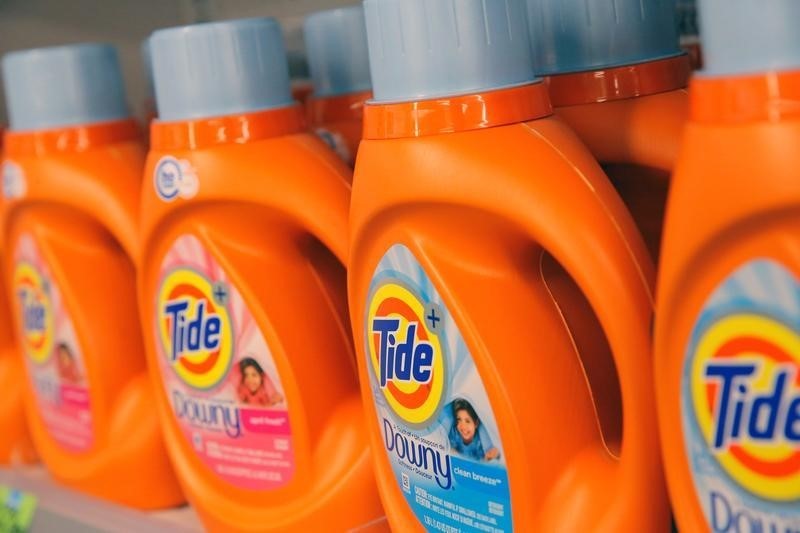US LNG exports surge but will buyers in China turn up?
On Wednesday, Deutsche Bank (ETR:DBKGn) analysts adjusted their stance on Procter & Gamble (NS:PROC) (NYSE:NYSE:PG) shares, lowering the price target to $188 from $192, while still maintaining a Buy rating on the stock. The adjustment comes amid growing pressures on the company's fundamentals, which have also affected the broader Consumer Packaged Goods (CPG) industry.
The bank's analysts noted that despite positive intra-quarter commentary during Procter & Gamble's Investor Day, there is a clear increase in challenges for the company's future performance. U.S. tracked channel consumption, which was up 4.5% year-over-year for the 13 weeks ending December 28, has shown a slowdown in growth in the subsequent 12 and 4-week periods to 2.9% and 2.5%, respectively. This deceleration was partially attributed to initial boosts from hurricane demand and an October port strike.
Additionally, Procter & Gamble's international market growth is at risk of a similar slowdown. In December, the company mentioned a ransomware attack on its main transportation management service provider, which is expected to negatively affect second-quarter fiscal year 2025 revenue growth by 20-30 basis points and earnings per share by $0.02-$0.03.
The analysts also highlighted the significant impact of currency fluctuations, specifically the strengthening of the U.S. dollar against currencies such as the Russian ruble, Brazilian real, euro, British pound, and Japanese yen, which could further weigh on Procter & Gamble's overseas growth and profit margins. The company may need to revise its annual forecast for foreign exchange and commodity costs, which already posed a $200 million challenge as of the first quarter of fiscal year 2025.
Procter & Gamble's stock has seen a decline of approximately 10% since the beginning of December, prompting investor concerns about the company's ability to meet its full-year guidance, which includes 5%-7% core EPS growth and 3%-5% organic growth.
Although these concerns are considered valid by Deutsche Bank, the analysts expect Procter & Gamble to maintain its full-year outlook, albeit likely at the lower end of the current ranges.
This expectation is based on the potential for diminishing headwinds and stabilization in China and the Middle East after the second quarter, increased productivity and selective pricing to counter foreign exchange challenges, and a possible partial recovery from second-quarter supply chain disruptions in the second half of the year.
In other recent news, Procter & Gamble (P&G) has seen a series of developments that could significantly impact its future trajectory. The consumer goods manufacturer committed to greater transparency regarding its wood-pulp supplier audits, a move that responds to shareholder demands for more sustainable sourcing practices. The specifics of these new disclosures are currently being discussed between P&G and its investors.
In the realm of financial analysis, global investment firm Jefferies maintained a Hold rating on P&G shares, while lowering the price target amid various challenges, including supply chain disruptions and increased foreign exchange pressure. The firm also revised its second-quarter top-line and earnings per share (EPS) estimates downward, reflecting a more cautious outlook.
DA Davidson, another financial services firm, upgraded P&G stock from Neutral to Buy, increasing the price target to $209 based on the company's performance and growth expectations. Stifel raised its price target for P&G to $167 while maintaining a Hold rating, and Piper Sandler maintained a Neutral stance on P&G with a consistent price target of $174.
These recent developments reflect an evolving landscape for P&G, shaping the company's strategies and future prospects. The company reported a 2% increase in organic sales for the first quarter, driven by volume growth and pricing strategies, and plans to return $16-17 billion to shareholders through dividends and share repurchases. Despite challenges, P&G remains committed to its fiscal year 2025 guidance for organic sales growth between 3% and 5%.
This article was generated with the support of AI and reviewed by an editor. For more information see our T&C.
